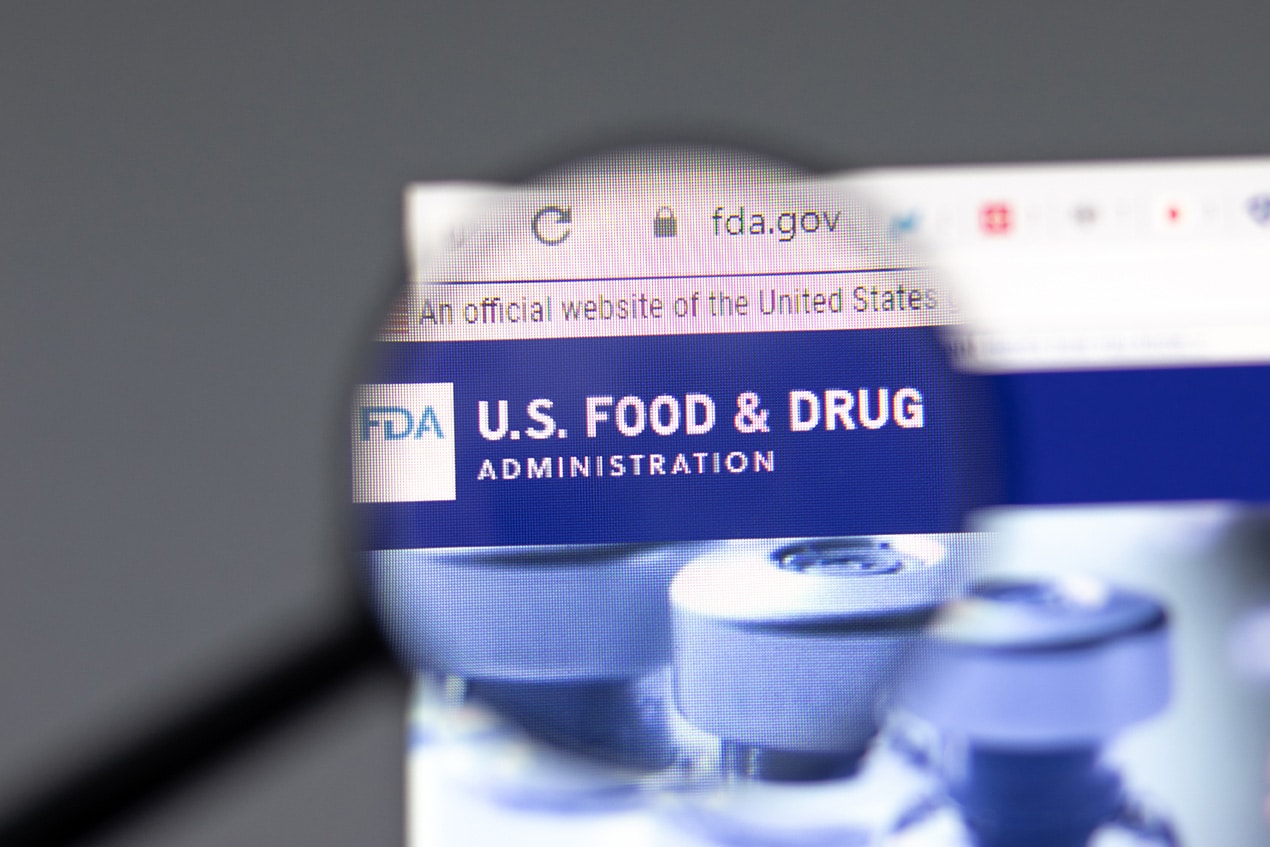FDA Announces Official Guidelines for Regulating AI in Healthcare

**FDA Announces Official Guidelines for Regulating AI in Healthcare**
In a landmark move that could shape the future of healthcare, the U.S. Food and Drug Administration (FDA) has officially released comprehensive guidelines for the regulation of artificial intelligence (AI) and machine learning (ML) technologies in the medical field. These guidelines are designed to ensure that AI-driven healthcare solutions are safe, effective, and reliable, while also fostering innovation in this rapidly evolving sector.
The FDA’s new framework comes at a time when AI and machine learning are increasingly being integrated into healthcare systems, from diagnostic tools and predictive analytics to personalized treatment plans and robotic surgery. The agency’s guidelines aim to strike a balance between encouraging technological advancements and maintaining rigorous standards for patient safety.
### Background: The Rise of AI in Healthcare
AI and ML technologies have shown immense potential to transform healthcare by improving diagnostic accuracy, predicting patient outcomes, and optimizing treatment protocols. For example, AI algorithms can analyze medical images to detect early signs of diseases such as cancer, and machine learning models can predict patient deterioration in real-time, enabling timely interventions.
However, the rapid growth of AI in healthcare has also raised concerns about patient safety, data privacy, and the ethical implications of machine-driven decision-making. These concerns have prompted regulatory bodies like the FDA to establish guidelines that ensure AI technologies are used responsibly and effectively in clinical settings.
### Key Elements of the FDA’s AI/ML Regulatory Framework
The FDA’s new guidelines are built around several core principles that aim to provide clarity for developers, healthcare providers, and patients. These principles include:
#### 1. **Risk-Based Approach**
The FDA will continue to use a risk-based framework to assess AI and ML technologies. This means that the regulatory requirements will vary depending on the intended use of the AI system, the potential risks to patients, and the level of human oversight involved. For example, an AI tool used to assist in diagnosing a life-threatening condition may face more stringent scrutiny than an AI system used for administrative tasks like scheduling.
#### 2. **Transparency and Explainability**
One of the key challenges with AI in healthcare is the “black box” nature of many machine learning models, where the decision-making process is not easily understood by humans. The FDA’s guidelines emphasize the importance of transparency and explainability, requiring developers to provide clear documentation on how their AI systems work, how they make decisions, and how they were trained. This will help healthcare providers and patients trust AI-driven recommendations and ensure accountability.
#### 3. **Continuous Learning and Adaptation**
Unlike traditional medical devices, AI systems can evolve over time as they learn from new data. The FDA’s guidelines introduce a “total product lifecycle” approach to regulation, which allows for continuous monitoring and updates to AI systems after they have been approved. This is particularly important for machine learning models that may improve their performance as they are exposed to more real-world data. Developers will need to provide a plan for post-market surveillance and updates to ensure that AI systems remain safe and effective.
#### 4. **Data Quality and Bias Mitigation**
AI systems are only as good as the data they are trained on. Poor-quality data or biased datasets can lead to inaccurate or unfair outcomes, particularly for underrepresented populations. The FDA’s guidelines stress the importance of using high-quality, diverse, and representative data to train AI models. Developers will also be required to implement strategies to detect and mitigate bias in their algorithms, ensuring that AI tools provide equitable care for all patients.
#### 5. **Collaboration with Stakeholders**
The FDA recognizes that regulating AI in healthcare is a complex task that requires input from multiple stakeholders, including healthcare providers, patients, developers, and other regulatory agencies. The guidelines encourage collaboration between these groups to ensure that AI technologies are developed and deployed in a way that meets the needs of the healthcare system while protecting patient safety.
### Impact on AI Developers and Healthcare Providers
The FDA’s new guidelines will have a significant impact on AI developers and healthcare providers. For developers, the guidelines provide a clearer regulatory pathway for bringing AI products to market. However, they also introduce new requirements for transparency, post-market monitoring, and bias mitigation, which may increase the complexity and cost of developing AI systems.
Healthcare providers, on the other hand, will benefit from greater confidence in the safety and effectiveness of AI tools. The guidelines will help ensure that AI systems used in clinical settings are reliable and that providers have a clear understanding of how these systems make decisions. This is particularly important as AI becomes more integrated into clinical workflows, where it may assist with diagnosis, treatment planning, and patient monitoring.
### Challenges and Future Directions
While the FDA’s guidelines represent a significant step forward, there are still challenges to be addressed. One of the biggest challenges is the rapid pace of AI innovation, which can outstrip the ability of regulatory frameworks to keep up. The FDA has acknowledged this challenge and has committed to continuously updating its guidelines as new technologies emerge.
Another challenge is the